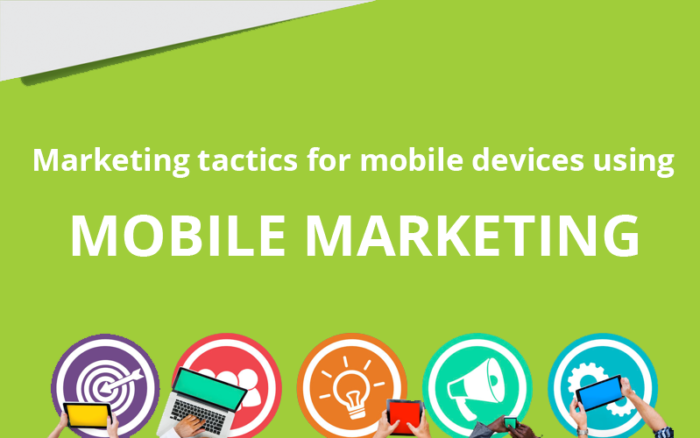Several options need to be considered when developing your mobile marketing strategy. Text messaging, social media marketing, location-based marketing, proximity marketing, and in-app marketing are some of the most common mobile marketing strategies. Read on for more information.
1. Marketing via SMS
Marketing via SMS is the process of sending texts. Text marketing is another name for it. Mobile marketing using permission-based mobile apps lets you send offers, coupons, alerts and more directly to potential customers’ cellphones via short texts of 160 characters or less.
The high deliverability, open and engagement rates of SMS messages make SMS marketing a powerful mobile advertising strategy. According to statistics:
- 98% of people opened and read text messages
- within 90 seconds of receiving one
- SMS marketing results in a 45% response rate
People will undoubtedly dismiss texts expecting that they receive spring-up messages for moving toward messages, which is because they ordinarily have their phones with them.
Due to the short length of texts, various publicists consolidate an association or code that will set off follow-up information. A respectable SMS publicizing practice is to make an effort not to manhandle it – time-tricky headways are the best partners for this technique.
2. Online Media
Various cell owners use them to get to electronic media. Seat Internet shows that generally, Facebook and WhatsApp are colossally popular, used by 62% and 47% of people independently. All of the indispensably online media stages have billions of clients, so it’s smart to include electronic media as one of your truly adaptable displaying approaches.
Electronic media simplifies it to make an exceptional collaboration with your clients through comments and messages. Additionally, you can make your business more captivating with client references and propositions.
Anyway, a couple of associations choose to focus on regular internet-based media posts, dynamically it’s typical to use electronic media elevating to guarantee that you’ll show up at the right clients. A piece of the decisions include:
- Facebook promotions, or aided (progressed) posts
- Progressed tweets on Twitter
- Shoppable or progressed pins on Pinterest
- LinkedIn ads or progressed posts
Customarily, this convenient displaying framework permits you to make a gathering with section information, and set forth campaign goals, spending plans and ranges.
3. Region-Based Marketing (GPS)
Region-based publicizing uses the GPS work on phones to help sponsors with showing headways and appropriate substance as shown by clients’ areas. A portion of the time region-based advancing is called geo-targeting or geolocation displaying.
This sort of publicizing achieves more noteworthy responsibility and a prevalent response since it is more pertinent to where flexible clients are and what they are doing.
For example, you can show a headway for a bistro to someone close by and encourage that person to visit the diner. Guide used region centring to drive the colossal number of visits to its stores, so this is an exhibited strategy for growing individuals walking around.
4. Closeness Marketing
Closeness advancing is another kind of region-based displaying. This permits you to use Bluetooth to figure out where potential clients are, and target them with fitting headways.
One outline of this is guiding displaying, which relies upon genuine Bluetooth-enabled devices in or near stores. These pass short-range messages onto cells, which people see when they are near your area. This is another exhibited technique for driving passerby action. Toyota used closeness promoting to attract more clients inclined to buy to neighbourhood vehicle deals focuses.
5. In-application Marketing
Insightful promoters can’t ignore the application market. The principal five adaptable applications, according to Visual Capitalist, are WhatsApp, TikTok, Messenger, Facebook, and Instagram. In any case, there are countless different applications, which is the explanation in-application publicizing has transformed into a key versatile displaying framework.
Kinds of in-application advancing include:
- Show advancing like flags which appear at the top or lower part of a flexible screen
- Neighborhood publicizing, which are progressions styled to seem as though the application they’re in
Video advancements
Interstitial advancements, which appear in the centre application exercises. For example, to a great extent, these advancements appear while moving beginning with one game level then onto the following Adaptable Marketer says in-application advancing would augmentation be able to individuals walking around someplace in the scope of 19% to 49% because they are more convincing at zeroing in on clients


